SUMMARY
This is AI generated summarization, which may have errors. For context, always refer to the full article.
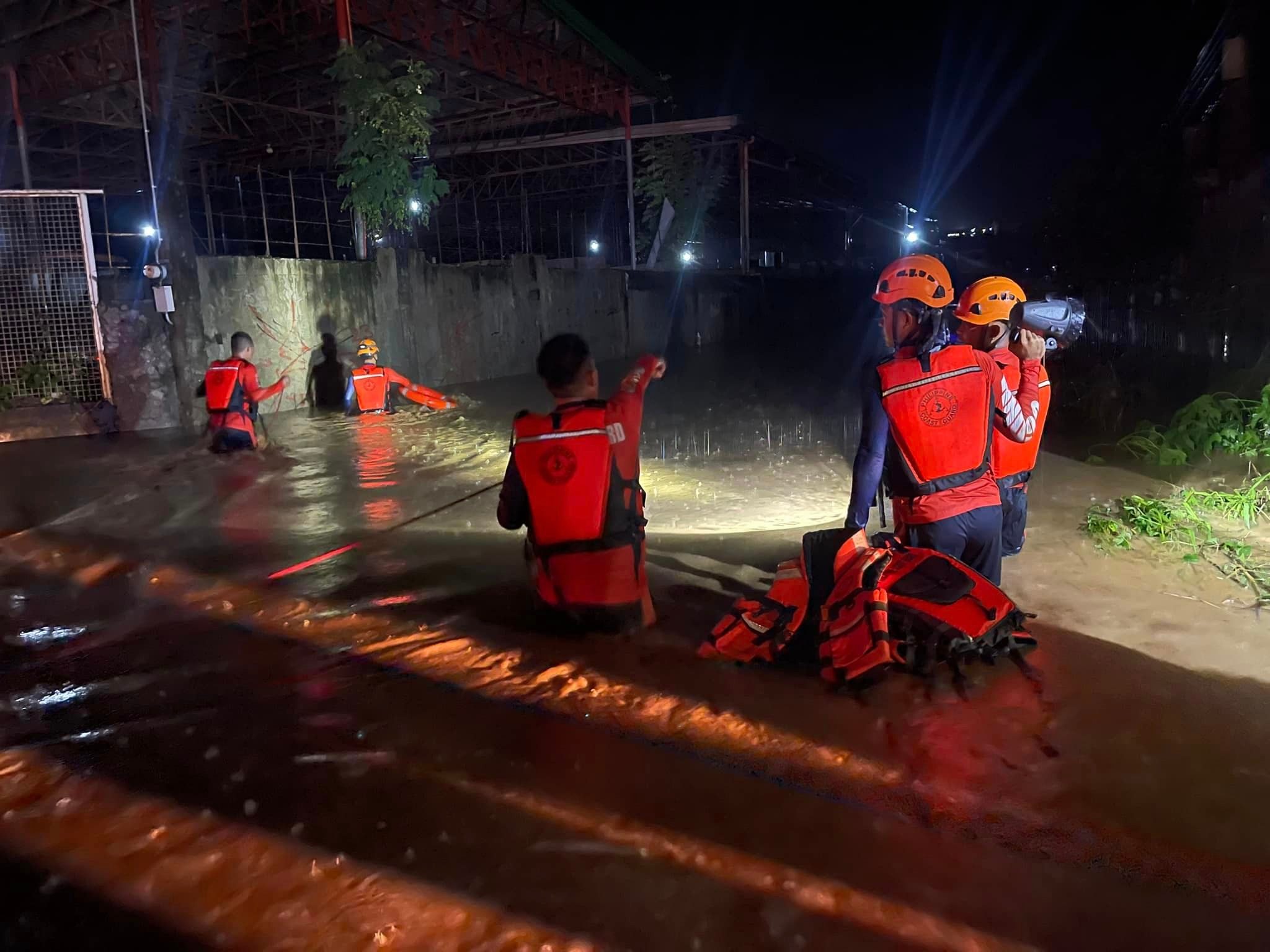
CAGAYAN DE ORO, Philippines – With urban flooding now a serious concern in Cagayan de Oro, environmentalists encouraged residents to consider moving to higher grounds as the best option to adapt to climate change.
Cagayan de Oro’s uptown villages such as Lumbia, Indahag, and Balubal, where housing projects abound, and other elevated areas are now the safest places to live in the city, according to known Cagayan de Oro-based environmentalist Bencyrus Ellorin, a former spokesperson of the environmental watchdog Task Force Macajalar.
“We have no other choice. We have to seek higher grounds if we want to survive,” said Ellorin, the project coordinator of the Mindanao Renewable Energy Advocacy and Coordination Hub (MinREACH).
Luz Mercado, a weather specialist at the Misamis Oriental station of the Philippine Atmospheric, Geophysical and Astronomical Service Administration (Pag-asa), told Rappler that the La Niña phenomenon has aggravated the situation, and manageable weather conditions have become a thing of the past.
La Niña is the opposite of the El Niño phenomenon, and it is characterized by lower-than-normal sea surface temperature at the eastern equatorial part of the central Pacific Ocean.
La Niña’s effects were felt starting in late 2020 and continued through mid-May 2022 across the tropical Pacific. Its oceanic components weakened in January and February and then intensified in March.
Mercado said the conditions that La Niña creates are “dangerous and worrisome, and we should be always alert.”
Experts said the series of downpours in the uplands of Bukidnon province, particularly in Manolo Fortich town, caused rivers and their tributaries to swell.
They said Cagayan de Oro, being a natural catch basin in Northern Mindanao, was at the receiving end of the floodwaters.
Mercado said the flooding resulted from the swelling of the Alae River in Bugo, Agusan River in Barangay Agusan, Umalag River in Tablon, Cugman River, Gusa River, and Tagoloan River.
Mercado said Cagayan de Oro and its neighboring provinces need to have more trees and take care of their watersheds to absorb the volume of rainwater and cushion the effects of changing weather conditions.
But the region has long been sacrificing its watersheds in the name of development.
Bukidnon, for instance, has turned vast tracts of land into pineapple plantations at the expense of trees, said Lido Virador, a former surveyor of a multinational agricultural company in the province.
“What we did then was to convince small farmers to rent out their farms. We cut trees. This has been going on for years,” Virador said.
Aggravating the problem are the poor drainage systems in Cagayan de Oro.
Ellorin said only about 50% of the city’s drainage systems are interconnected and working, and the Department of Public Works and Highway (DPWH) has yet to build more.
“Frequent above-normal rainfall in the uplands should be considered in the comprehensive land use plan. The city’s development needs to move to higher ground,” Ellorin said.
Still, Ellorin admitted, engineering solutions can only do so much to rid Cagayan de Oro of its worsening urban flooding problem.
Days of heavy rains in the city saturated the ground and flooded low-lying areas in the eastern villages of Puerto, Cugman, FS Catanico, and Bugo this week.
Officials documented two flood-related deaths and two rounds of evacuations of hundreds of families in the eastern parts of the city and neighboring Tagoloan town in Misamis Oriental.
One of the victims, security guard Artemio Gonzalez, drowned in Zone 5 in Bugo while he was trying to salvage his motorcycle that was swept away by rampaging floodwaters.
In neighboring Malitbog town in Bukidnon, five people were buried alive in a landslide on Monday afternoon, October 17.
A government search team has so far dug out two bodies on Tuesday and Wednesday, October 18 and 19. – Rappler.com
Add a comment
How does this make you feel?




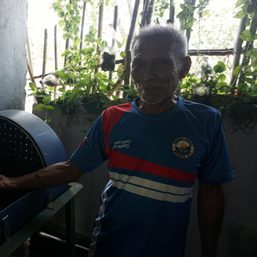
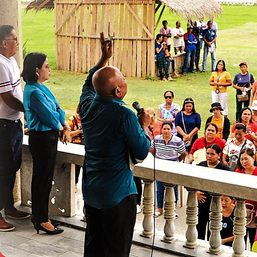
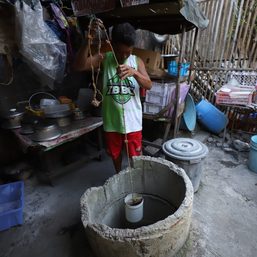


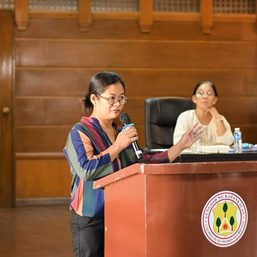



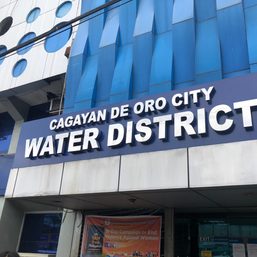
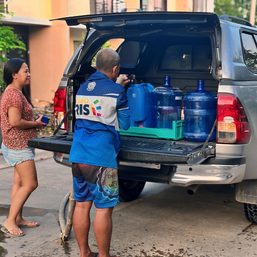
There are no comments yet. Add your comment to start the conversation.